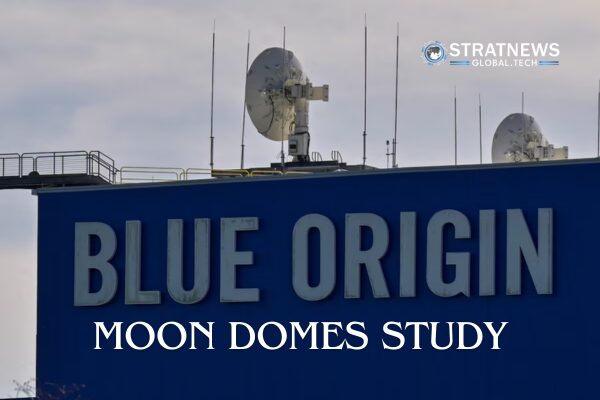Firefly Aerospace Teams Up with Blue Origin’s Honeybee Robotics for 2028 Lunar Mission
Firefly Aerospace has announced a partnership with Honeybee Robotics, a Blue Origin subsidiary, for its third lunar mission in 2028. The collaboration will focus on deploying a rover to explore the Gruithuisen Domes, a unique and geologically significant region on the moon’s near side.
Studying the Moon’s Rare Volcanic Features
The Gruithuisen Domes are considered rare formations due to their high silica content, which is uncommon on the lunar surface. Scientists believe that examining these domes could reveal valuable information about the moon’s volcanic past and possible resources for future missions. Understanding their structure and composition may also help prepare for extended human exploration of the moon.
Leveraging Proven Space Technology
The rover for this mission will be supplied by Honeybee Robotics, known for its advanced space hardware. By working with established players like Blue Origin’s robotics unit, Firefly is tapping into a growing trend of collaboration in the space industry. These partnerships aim to push forward lunar exploration in a market that is becoming increasingly competitive.
Firefly’s choice to partner with Honeybee reflects a broader strategy of combining reliable technology with innovative mission planning.
Firefly Aerospace Building on a Record-Setting First Mission
Earlier this month, Firefly successfully completed its first lunar landing, Blue Ghost Mission 1. That mission delivered ten NASA payloads and remained operational for two weeks — longer than any previous commercial lunar lander — before concluding on 16 March.
The 2028 mission will build on this success. It will use Firefly’s Blue Ghost lander and the Elytra Dark orbital vehicle, along with the Honeybee rover, as part of NASA’s Commercial Lunar Payload Services (CLPS) programme. The aim is to continue unlocking the moon’s secrets while advancing technology for long-term lunar presence.
with inputs from Reuters


